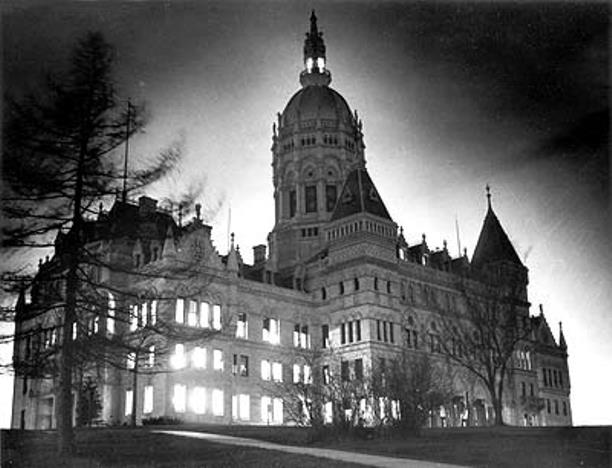Who are we? What traditions and accomplishments define us as a state and shape our lives today? This is our story.
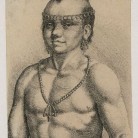 |
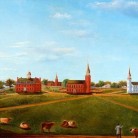 |
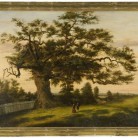 |
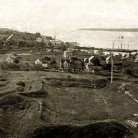 |
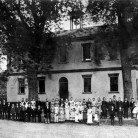 |
 |
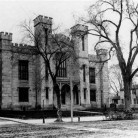 |
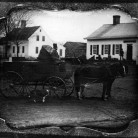 |
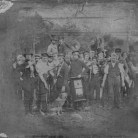 |
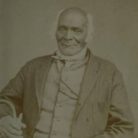 |
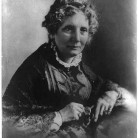 |
 |
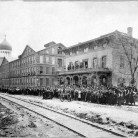 |
 |
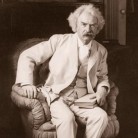 |
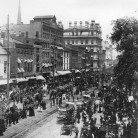 |
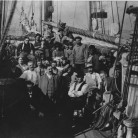 |
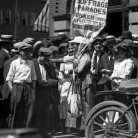 |
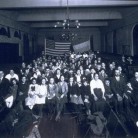 |
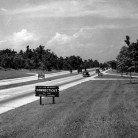 |
 |
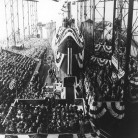 |
 |
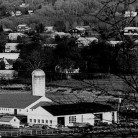 |
 |
Connecticut’s heritage began thousands of years ago with the Native Americans, who settled its woods and shores and whose place names still dot its landscape. The Puritans who sought this place for their own came here to establish a society ordered by the Bible and brought revolutionary ideas of self-government to life. Their churches still grace our village greens and their political ideas still profoundly shape our government.
In time, Puritans became Yankees, and values of inventiveness, enterprise and shrewd dealing came to define our character. The Connecticut-born idea of interchangeable parts made us the “Silicon Valley” of the 19th century. Connecticut achievement and imagination powerfully influenced the industrial development of America.
Connecticut was the most literate place on earth in the mid-17th century, and later generations never lost our early respect for learning. The extraordinary array of public and independent schools and universities across the state we see today has deep roots in our past. Writers and artists, too, thrived in 19th century Connecticut and museums and historical societies grew up across the state to promote and preserve our cultural heritage. Those commitments still define us
Our most popular nickname, the “Land of Steady Habits,” is well earned, but Connecticut has always had a strong tradition of political activism and reform.
Contemporary campaigns for equal rights for African Americans and women rest on the 19th century labors of individuals like James Mars and Prudence Crandall and the courage and determination of decades of suffragists. Old traditions have endured even as the state has changed. For decades a state dominated by agriculture, Connecticut has stubbornly maintained a connection to the land and to the sea as well—the West Indian traders and whaling ships of an earlier era now replaced by submarines and summer beach-goers. And from the very first, Connecticut has had a special place in the nation’s defense. The contribution of its farms to the Revolutionary cause earned us the nickname the “Provision State,” while the weapons and armaments produced by our brass mills, arms factories and shipyards made us a mainstay in the nation’s wars throughout the 20th century.
Connecticut has always been a state of migrants and immigrants. Since the 1840s, newcomers seeking a better life have constantly changed the face of Connecticut. A state of small towns became a state of thriving cities: diverse, enterprising, and contentious. In recent years, a new Connecticut has emerged; one remarkably shaped by the lure of the suburbs and yet challenged to fulfill the promise of its cities.





